Looking at the endless rain outside the window, it is difficult to believe that almost a third of the planet Earth is covered by arid areas, where very little rain falls and there is almost no vegetation. But the impression that any desert is just an endless pile of sand and loose stones is deceptive. Each of them stands out with something of its own.
Namib Desert. Namibia. The oldest desert in the world
African Namib desert, stretching along the coast of Namibia, has almost never seen rains for at least 55 million years. Last year no more than 10 mm of rain fell there, that is why its huge space of 80 thousand square kilometers, is almost barren and uninhabited. The name from the language of the local people of Nama is translated as “a place where there is nothing”. But here you can find the world’s highest sand dunes, the height of which can reach up to 300 meters. In addition, fairly large deposits of uranium, tungsten and diamonds have been found here.
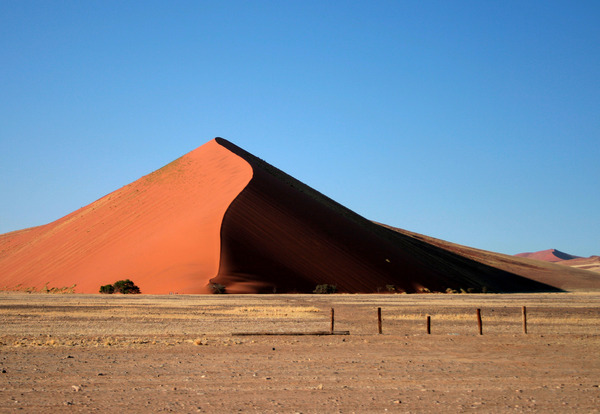
Atacama Desert. Chile. The driest desert in the world
The Atacama Desert, which is squeezed between the Andes and the Cordillera, is hardly getting any rain cloud. Precipitation is not seen for several years, and some meteorological stations have never recorded a drop of rain for all of its existence. Drought is such that the local mountain peaks, reaching a height of no less than 6500 meters, are deprived of snow packs.
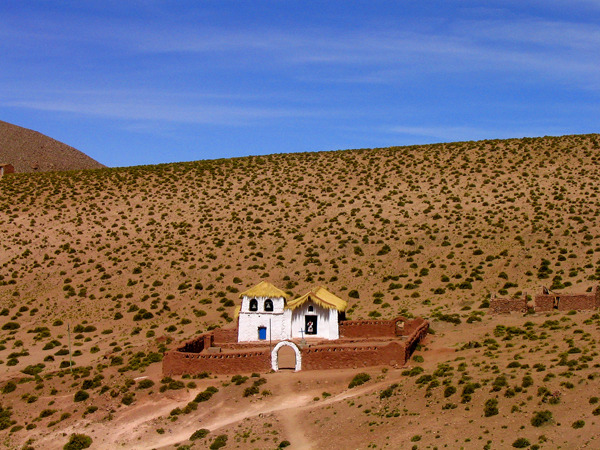
Desert Uyuni. Bolivia. The most salty desert in the world
Nestled on an area of 10 thousand square kilometers Uyuni desert is considered to be the most salty in the world. Its reserves of salt are estimated at 10 billion tons. Once upon a time there was a large salt lake, but over the time it has dried up, leaving the whole of dissolved salt on the earth’s surface. In the same desert the world’s largest reserves of lithium are buried. Fascinating local landscapes attract a lot of tourists to the alkaline lands and local residents have adapted to build homes of salt plates, where they offer travelers to spend the night.
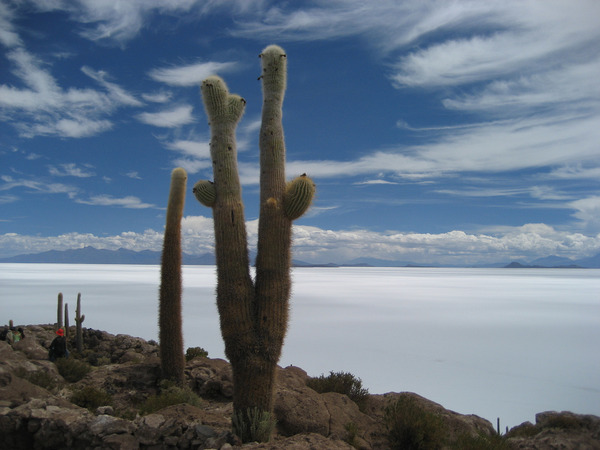
Aralkum. Uzbekistan and Kazakhstan. The youngest desert in the world
The Aral Sea, which most recently was considered to be the fourth-largest salt lake in the world, starting with the 60-ies of the last century, has lost 90% of its area. This stems from the irrigation projects of the USSR, which have removed all the water from the rivers feeding the sea to irrigate vast cotton crops. Despite the fact that so far projects have been proposed for the rescue of the sea, scientists believe that it is impossible to do so. Even if withdrawals from the Amu Darya and Syr Darya will be completely terminated, at least 200 years will be required for the restoration of the former volume of water. Aralkum, at a time, is the most poisonous wilderness of the world. Pesticides and fertilizers, with which the yield of cotton was once increased struggling with pests, got into the lake with the river waters, now being dried up together with the dust are carried far beyond the desert. Toxic substances have been found here, even in the blood of penguins in Antarctica.
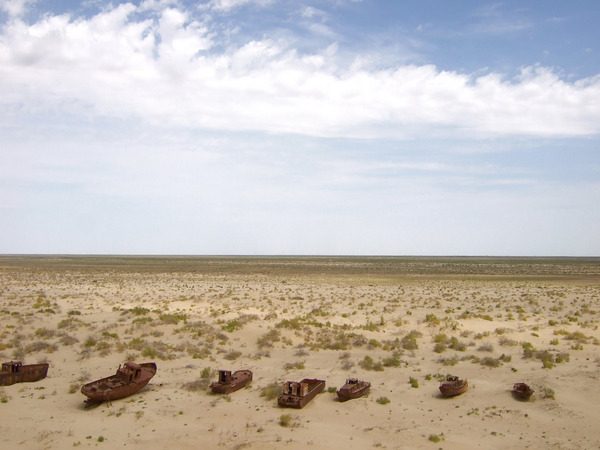
Sahara. North Africa. The largest desert in the world
The size of the Sahara, which occupies most of North Africa, is compared with the European continent, or the territory of the USA. It covers an area of 9 million square kilometers and covers 11 African countries. In 1922, the highest temperature of 57.8 degrees Celsius was recorded here. Every year, there are more than 160 mirages in the Sahara. Even a special card is composed for travelers through which you can find out exactly where most likely you can see the mirages of the well, palm groves of the oases and mountain ranges.
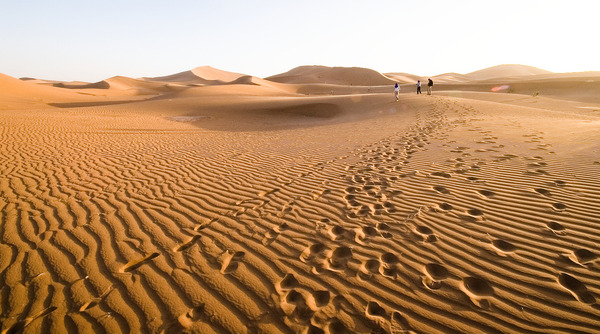
Carcross desert. Canada. The Smallest desert in the world
The smallest desert in the world occupies just 2.6 square kilometers and, strictly speaking, this is not a desert. Despite the fact that the climate is much drier than in the surrounding countryside, the rains, in any case, happen here. In the late 90-ies of the last century, local authorities made an attempt to make the desert a reserve, but faced strong opposition of local residents who have long before adapted the place as a site for picnics, off the road raids and riding a board with the dune.
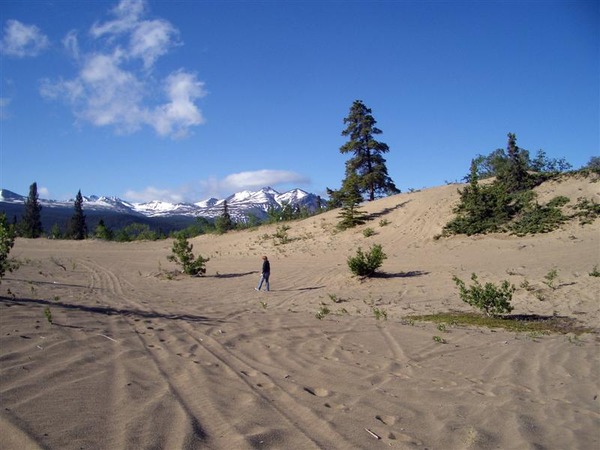



I don’t know why, but I never considered that Canada might have actual deserts… Regarding the Namib desert – seriously, almost no rain for nearly 55 million years but there’s diamonds to be found there? That’s insane.
I go quading at carcross every year. Its actually sand left by a glacier….very nice, surrounded by mountains and Bennet lake….the wind is constantly blowing from the lake so there is very little vegitation able to grow there.